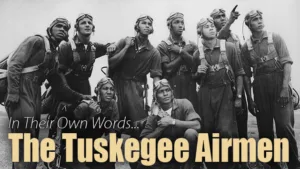Currently, 35mm film is routinely scanned at 4K resolution for remastering and archiving. This is based, in part, on a 2012/2013 test of 2K vs. 4K scans of The Tuskegee Airmen and the availability of 4K scanners.
“Then, at NAB, the Lasergraphics 10K Director came out and there were all these 8K demonstrations, such as Sony’s 8K scalable monitor,” Anthony Matt of Prime Focus Technologies, who had taken part in the original 2K vs 4K test, said. “I wondered what 35mm had to offer for this huge display format. There was also 8K original material that got me wondering if there is more resolution than we can see.”
Prime Focus Technologies and HBO did a test of 4K vs 10K scanning of film, as reported by the ETC. 10K (10,240 x 7,680 x 16 bits) proved to be a very significant digital burden at 472MB per frame and required 16 hours to scan and 13.5TB to store one reel of film from The Tuskegee Airmen, which was also used in the current test. There was no visible difference between the 4K and 10K scan on a 4K, 55” monitor. Examining the frames at higher resolution showed that, in fact, the 10K scan had captured a little more detail than the 4K scan had captured.
Matt concluded that a 1995-vintage 35mm film would definitely benefit from an over-scan at 5K or 6K. He also added the importance of extra high resolution scanning for preservationists. “If a film is in an advanced state of deterioration, high res scanning would be its last hope for preservation,” he said. “Over-scanning might create more options for tools for the future.” -MSB

